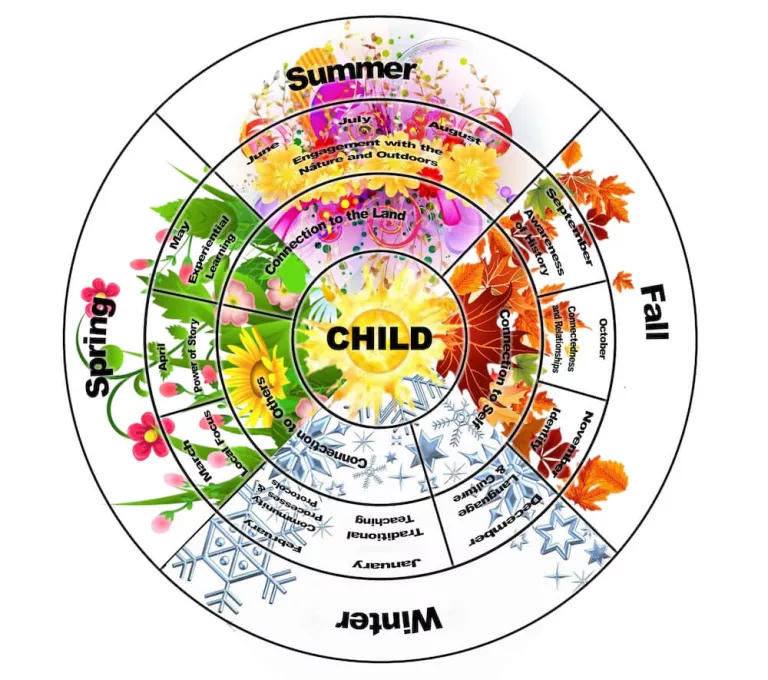The “Koh-Learning in our Watersheds” is a UNBC-SD91 partnered project founded on the benefits of learners, educators and partners learning together about ‘Koh’ – a word for waterway in Dakelh. This project builds on a long-standing partnership between SD 91 and UNBC. Initiated in 2019, the Koh-Learning in our Watersheds project involves SD 91 students, teachers, administrators, the Aboriginal Education Council of SD 91, community partners and interdisciplinary researchers. This experiential (i.e., hands-on, practical), nature- and place-based program of integrative learning within watersheds is designed to support commitments to First People’s Principles of Learning including connectedness, reciprocal relationships, and sense of place. Learning is oriented toward broader systems change that enhances student success and life-long learning. This project focuses on education system transformation nested within community and watershed contexts. As a systems-change initiative, Koh-Learning fuels Indigenous & non-Indigenous youth to become informed and connected stewards and change agents for the well-being of their environments and communities, who are then empowered to influence decisions and processes affecting their futures
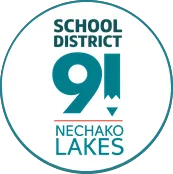
A core feature driving quality, diversity, originality and collective coherence in the initial phase of Science, Technology, Engineering, the Arts and Mathematics (STEAM) learning within the Koh-learning in our Watersheds program has been the adoption of an annual ‘seasonal-round’ (Figure 1) of activities connecting students, communities, and waterways. Working with the framework developed by Leona Prince our Koh-learning seasonal round offers a guiding framework for connecting curriculum to traditional Indigenous ways of connecting to the self, others, and the land. This framework has anchored the Koh-learning in our Watersheds program connection to Aboriginal Education and integrative science priorities, creating diverse and inclusive entry points into STEAM learning.
Updates related to the Koh-learning in our Watersheds program can be found at this webpage
Program Goals and Objectives
Goal 1. Students who are informed stewards of their local environments
Objective 1.We are working to enhance student opportunities for authentic place-based learning and stewardship initiatives through waterways monitoring efforts and extensions thereof.
An emphasis on waterways was chosen for its potential to change how students think about their local environments via the three program components:
- students to take notice of and connect to their local environment,
- students engage with traditional knowledge and structured protocols to ask and answer questions about the health of their local environment,
- students devise plans for stewarding their local environment, ranging from presenting to local governments, entering data for long-term monitoring, actively engaging with local restoration initiatives and advocating for improvements.
Pilot phases of the Koh-Learning in our Watersheds program have shown the potential for these efforts to reframe student perspectives of the environment and shift how teachers and learners enter into new learning opportunities. Our initial focus will be on STEM-related activities, but our long-term goal is to find cross-curricular connections and applications.
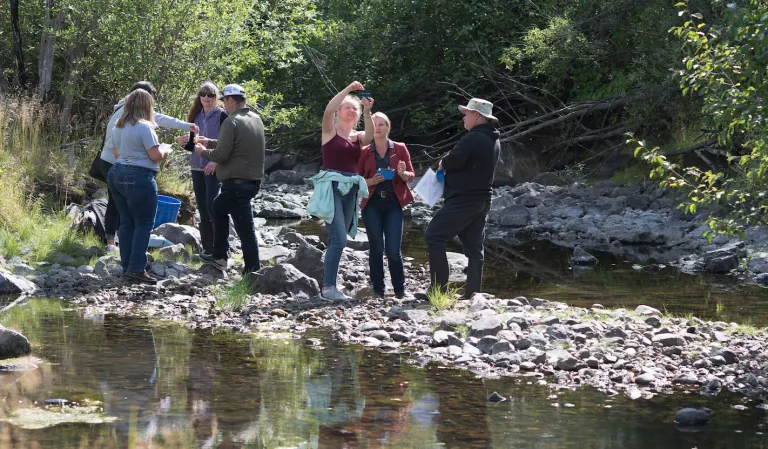
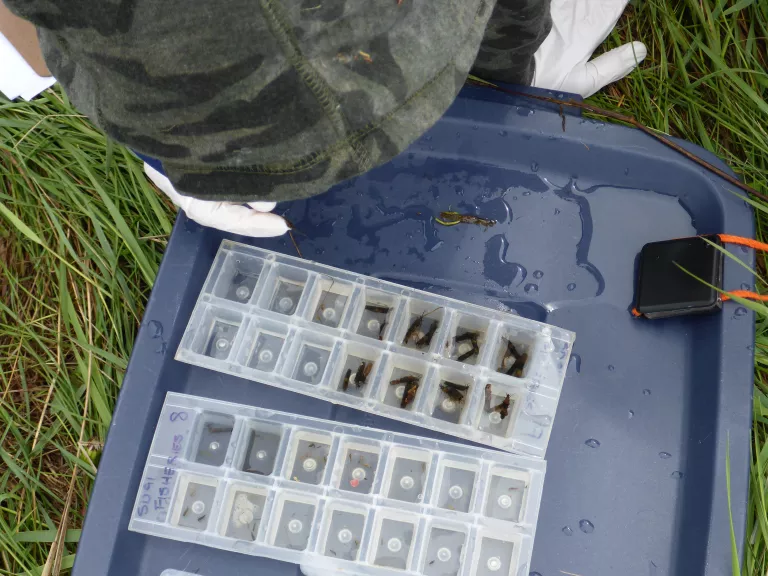
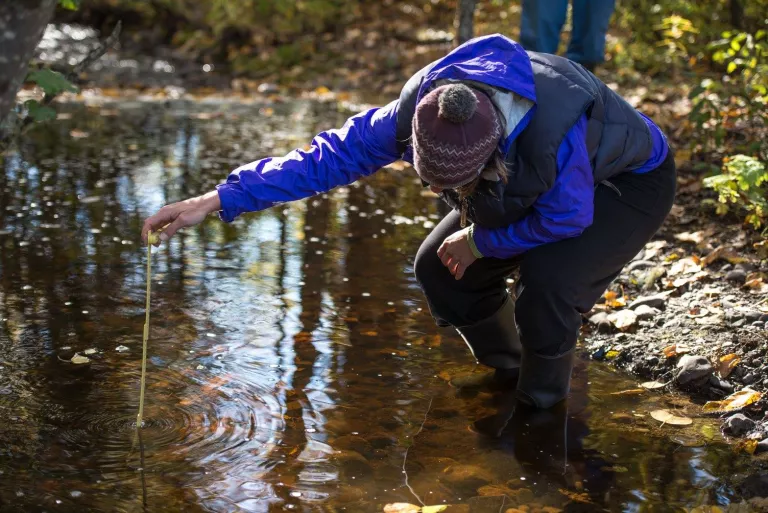
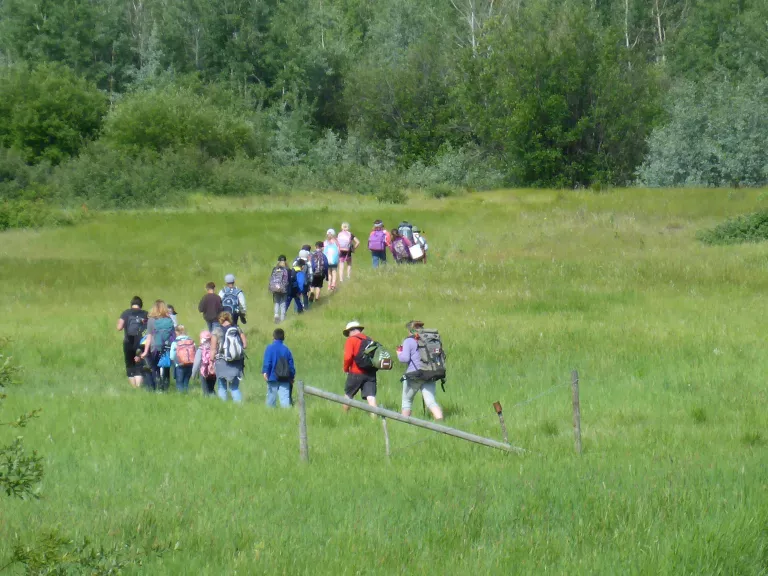
Currently, we are using a range of tools to explore waterways in the SD 91 region. In Vanderhoof for example, students and teachers are learning together about the ecology of local streams using the Pacific Streamkeepers protocols. While being outside, students can learn some of the principles of chemistry, physics, and math while they are also learning about stream ecology.
Goal 2. Students with extended influence and connections across community sectors
Objective 2. We are working to create and support processes for students to connect, engage, and learn with other Koh-Learning partners
The Koh-Learning in our Watersheds program follows a seasonal flow guided by the Seasonal Rounds as described by Leona Prince. At various times during the season we bring students and educators together with community organizations, First Nations groups, and local governments, in order for students to connect, engage, and learn from each other and from other Koh-Learning in our Watersheds partners. By fostering a reciprocal relationship between students and these other groups, we anticipate that Koh-Learning activities will increasingly reflect as well as shape community interests. We foresee that this will help students grow further into becoming active contributors within their community networks and empowering them to play a role in the well-being of their community, as well as fostering connections to peers, mentors, Elders, and role models.
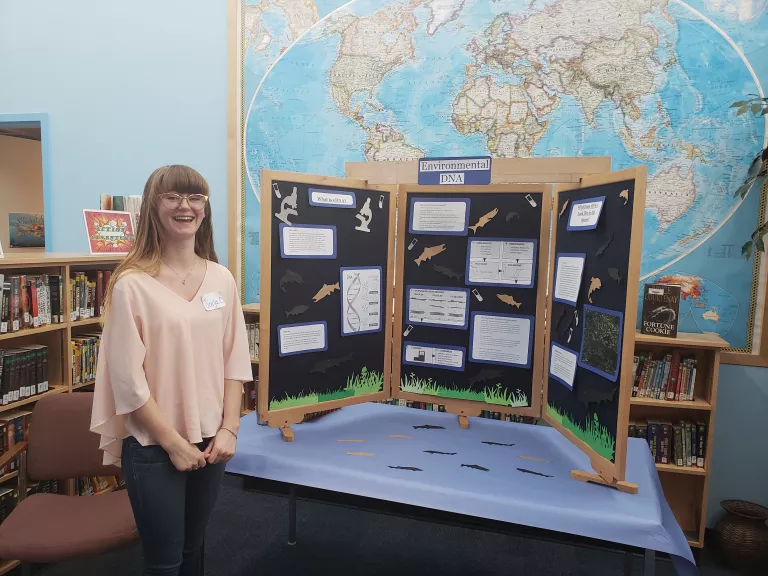
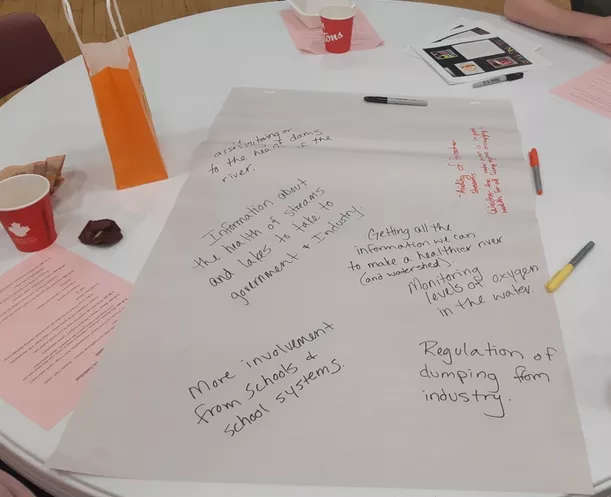
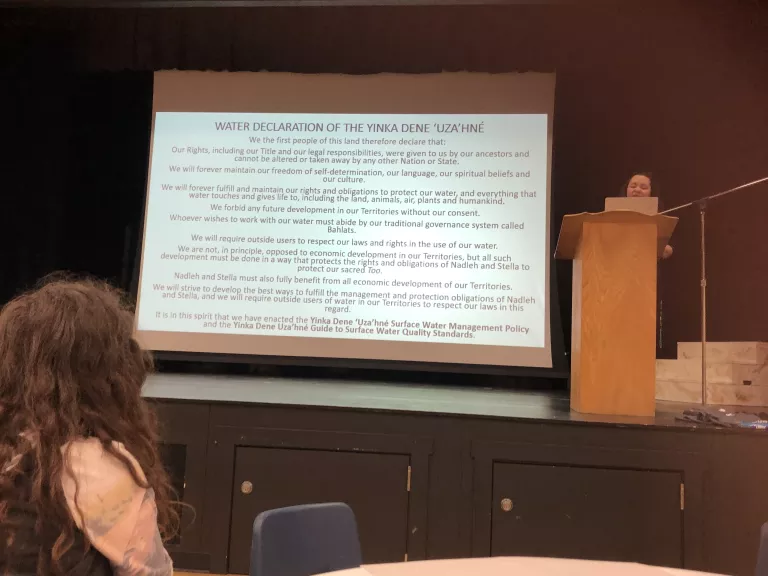
Our first Koh-Learning in our Watersheds gathering was in Vanderhoof in February 2020. Here students and teachers came together to share some of their experiences that they gained during the course of the school year, as well as learning about efforts community partners are making to improve overall health of our environment and community. We were very honoured to have Sai'kuz First Nation Councillor Jasmine Thomas (right) speak to the group about the Yinka Dene 'Uzah'ne Surface Water Management Policy that Saik'uz has also adopted.
Goal 3. Students who are empowered change-makers within and beyond their own systems
Objective 3.An important aspect of the Koh-Learning in our Watersheds program is to enhance opportunities for student-led initiatives and activities in and beyond the school system.
A key component of the Koh-Learning program is to enhance opportunities for students to bring their voices into the processes of environmental decision-making. In partnership with other research and community partners, we are trying to open doors to spaces not typically attended by high school-aged students such as conferences, forums, and stakeholder meetings such as the Nechako Watershed Roundtable. The Koh-Learning in our Watersheds program is also linking with other initiatives such as The Inheritors of the Futureand the Environment Community Health Observatory (ECHO) Networkwhich are fostering youth engagement in community and service planning and decision-making. Students from all 4 main schools (Fraser Lake, Burns Lake, Vanderhoof, and Fort St. James) have attended one (or more of events) associated with these projects.
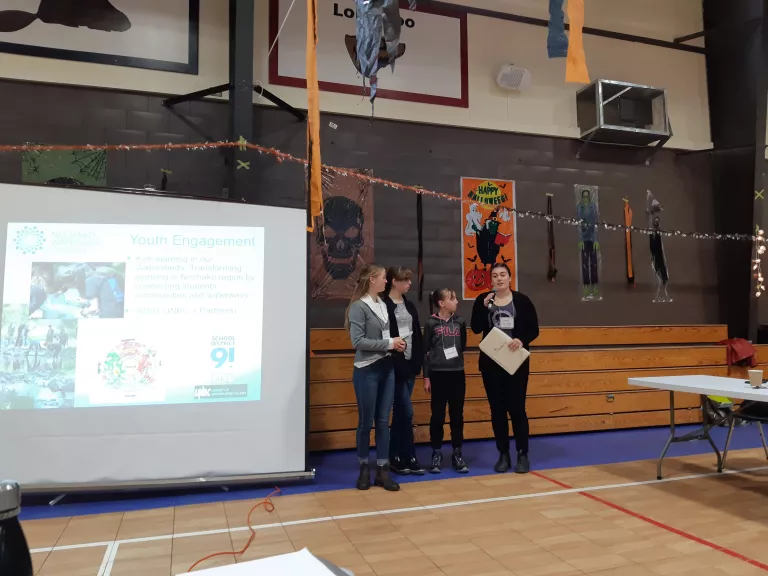
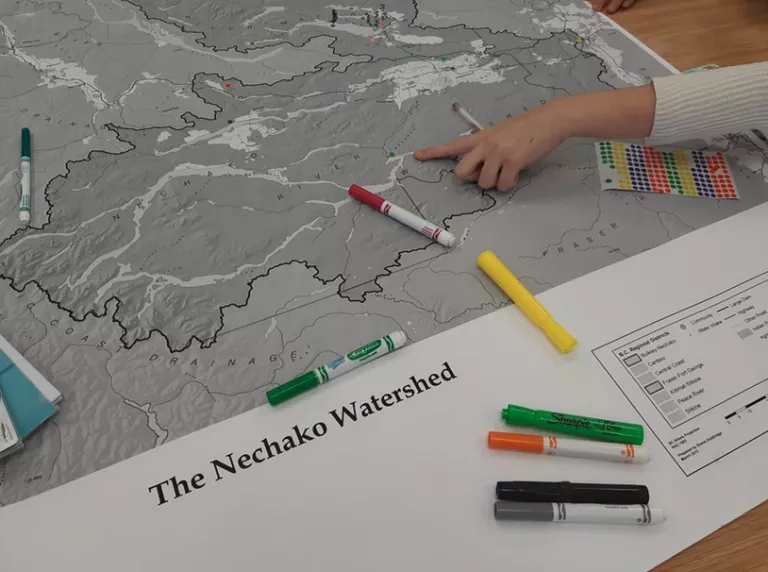
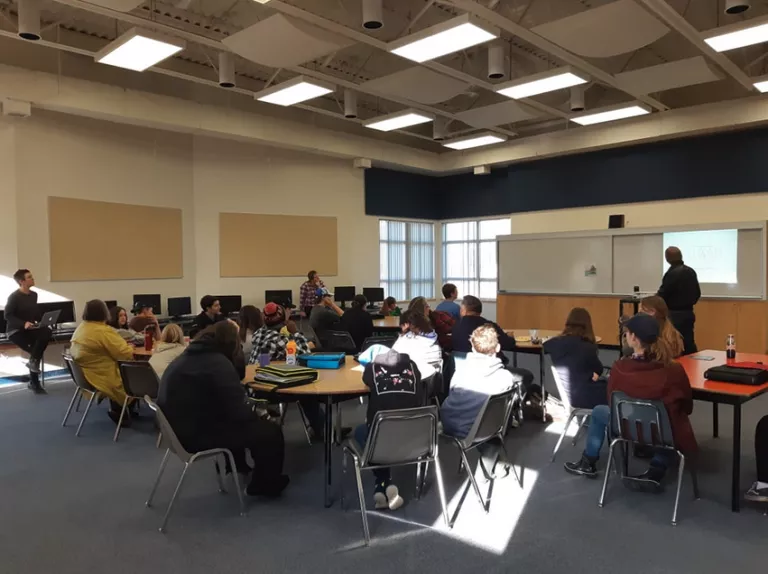
On October 29th, 2019 high-school students from SD91 participated in a cross-school engagement day where they learned about issues in their watershed and worked together to generate questions to ask of the Nechako Watershed Roundtable .
The Koh-learning in our Watersheds Program has received generous support from:
We are currently receiving fund from:

Information about our past funders can be found here: Past Funders
